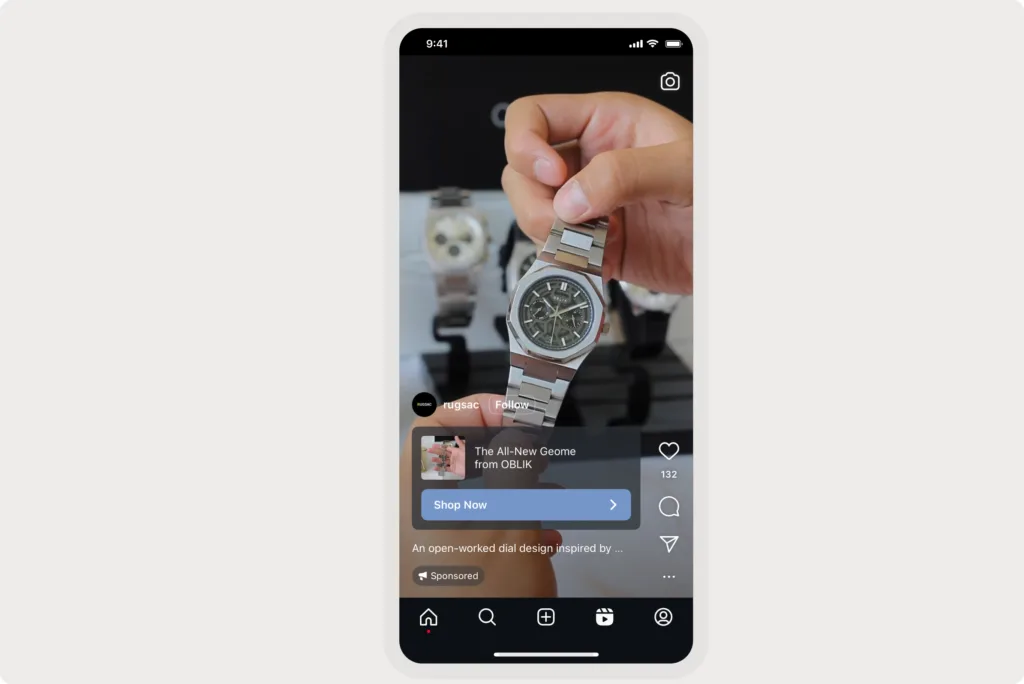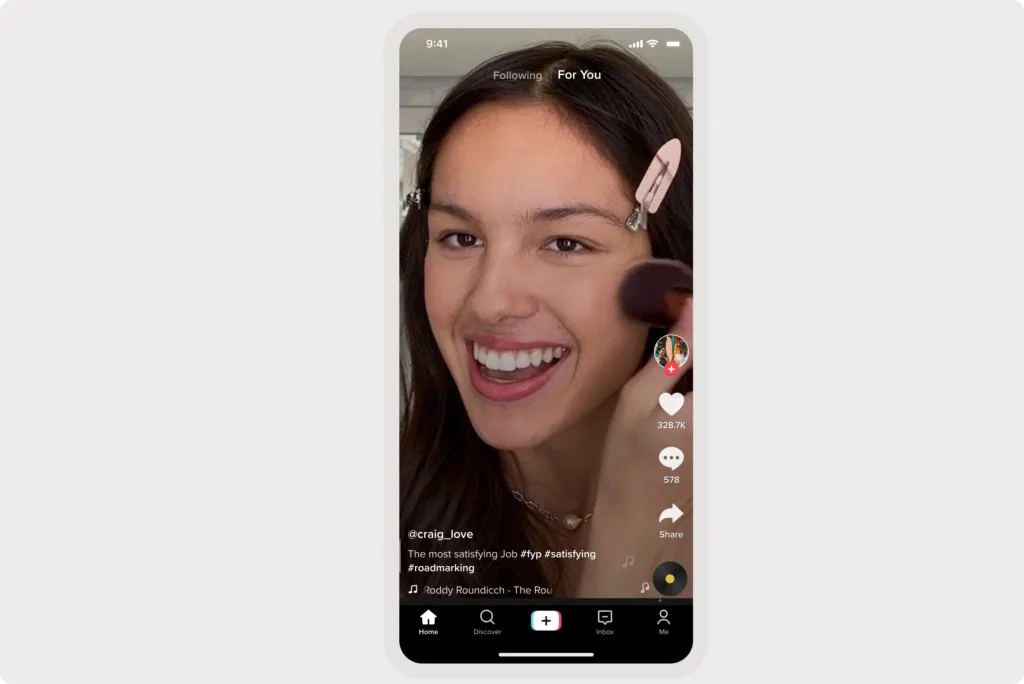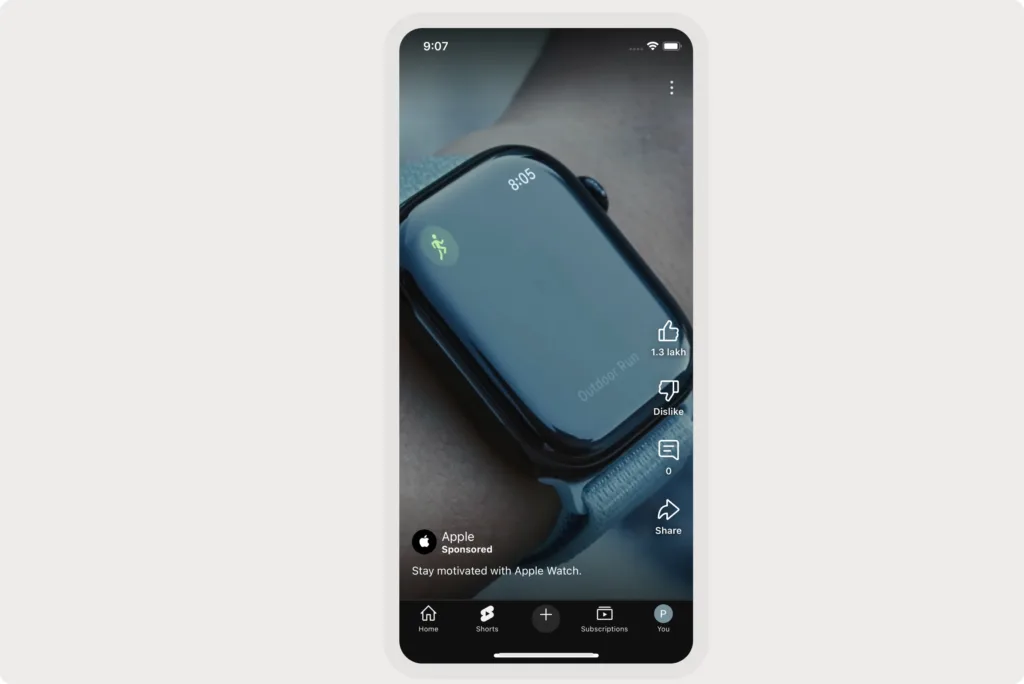
Starting an affiliate marketing program is a great way to generate passive income and brand awareness for your business. The process from strategy to implementation can feel long, but you can execute and start earning in a few easy steps. It starts with defining your brand and your primary social media channels. Then, use a few easy affiliate outreach strategies to gain the right influencers. Finally, for building the program itself, the Simple Affiliate Shopify App has you covered.
Before starting your affiliate program, you need to define your branding if you haven’t already done so. Three key areas to consider include:
Carve your niche: Who are your competitors, and how is your product or service better? What are your weak points? Knowing your angle is crucial to edging out the competition and finding the right people to partner with.
When starting with affiliate marketing, it’s essential to pick the social channels that can most effectively support your brand and expand from there. Each social media platform functions uniquely. Here’s what to know about the most popular outlets.
Instagram is a visual-first platform that favors images and short-form videos called Reels. Short reels, under 15 seconds, currently perform best, but static images, photo carousels, and memes also do well.

Best for: E-commerce products that benefit from flashy, punchy, or otherwise eye-catching marketing. Instagram is still all about aesthetics, so if you offer a product and want to emphasize its visual appeal, this will probably be your first-priority platform.
Like Instagram reels, TikTok is a short-form video platform that favors quick, punchy, and aesthetically pleasing brands and products. Videos (“tiktoks”) between 15 and 30 seconds in length get the most engagement, followed by shorter clips (less than 15 seconds).

Best for: Flashy e-commerce products that can be pitched quickly. Its users also tend to be younger (below 35), so consider that when defining your target audience.
Deviating from punchy videos is Facebook, where users tend to prefer plain text posts over video. One of the oldest platforms on our list, Facebook still has one of the largest user bases, with nearly half of all active users interacting with branded content daily. Text posts and static images perform best, and Facebook favors a “less is more” approach.
Best for: Products or services with simple missions that can be clearly explained and pitched in a few clean sentences. If your product or service centers around community, conversation, or customer care, this is the ideal platform to find the affiliates right for you.
YouTube is the go-to platform for medium to long-form videos. In fact, the longer your video, the more engagement it will likely gain. Viewers often turn to YouTube as an alternative to cable or streaming services, and marketers tend to sponsor essay videos, case studies, short series’ and more.

Best for: Either products or services that fit well with a given YouTuber’s audience or could benefit from “review,” “unboxing,” or “setup and configuration” type videos.
X, formerly known as Twitter, is short-form written content, typically just a sentence or two. Meta’s new platform, Threads, and the likewise new Bluesky are similar. These platforms, like visually dominant platforms, are community-centered but would be best as cross-posting tools rather than the leading platforms for affiliate marketing. The content is typically too short to build a well-thought-out affiliate ad.
Best for: Cross-posting for affiliates from a more prominent platform. Currently, links perform best on BlueSky, but affiliates should opt to cross-post with links where their followings are the largest and most engaged.
LinkedIn is a more business-oriented platform, perfect for building and engaging with your professional network. It’s a bit of a mixed bag for the best-performing content types. Text, heavy emoji use, and polls do well. This platform is increasingly hopping on the short-form video train like Instagram and TikTok, and the algorithm tends to favor videos less than a minute.
Best for: Products or services that appeal to businesses or business professionals. Opt for an affiliate who posts a range of things between video, image, and text for optimal link reach.
Once you identify which platform is best for your business, consider your second and third choices. The more your affiliates cross-post on your top platforms, the more likely the partnership will resonate with the right audiences. Working with influencers who cross-post on your top two or three platforms would be optimal for driving traffic and revenue for both of you.
So you’ve solidified what you’d like to post and where you’d like to post it. But how do you find the right influencers to build an affiliate partnership with? Here are the top 3 ways to hit the ground running.
You know which platforms you’d like your affiliates to use, so go where they are and search relevant topics, accounts, and hashtags. This is a great, no-cost way to connect with influencers who could be an excellent fit for your brand.
Don’t just opt for mega influencers with tens of thousands of followers. Micro-influencers often have a closer personal relationship with their audience, and that trust means higher clicks and conversion. When crafting your outreach messages, be personal, genuine, and leave professional resources like your website link or LinkedIn profile. This way, you won’t appear as spam or a scam.
Searching keywords relevant to your business is a great way to find affiliates and complementary businesses that make promising affiliates. Start by using some keywords you’ve solidified in your messaging. For example, if you sell sunglasses, try “trendy sunglasses now” or “sunglasses on sale” and see which companies and influencers appear as a top result.
Then, you can broaden your search laterally with “summer clothes” or “summer aesthetic” to widen your reach. This is another excellent, no-cost way to connect with the right people. The relevancy is high, and typically, the correct contact email is close by. Finding the right people may be time-consuming, but it is key to driving revenue.
Lastly, examine your current customer base to identify influential people willing to promote your products or services. Consider sending a quick, friendly email blast to your most loyal customers or to customers who have left particularly glowing reviews.
Use the short sequence to introduce them to your affiliate program and encourage them to recommend your products to their audience without pressure. Some of your customers may already be influencers or affiliates, so this is the perfect way to connect with new affiliates who are true fans.
Storeleads.com is also a great way to find Shopify stores to partner with. If your store is operated on Shopify, it’s a seamless way to look into affiliate opportunities without ever leaving the platform.
Before you start your outreach, your program is up and running online. This way, you’re prepared, you look professional, and your partnership can hit the ground running. At Simple Affiliate, we make it easy to get started in just a few steps.
For a closer look at how Simple Affiliate supports your program from start to finish, book a demo with us today.